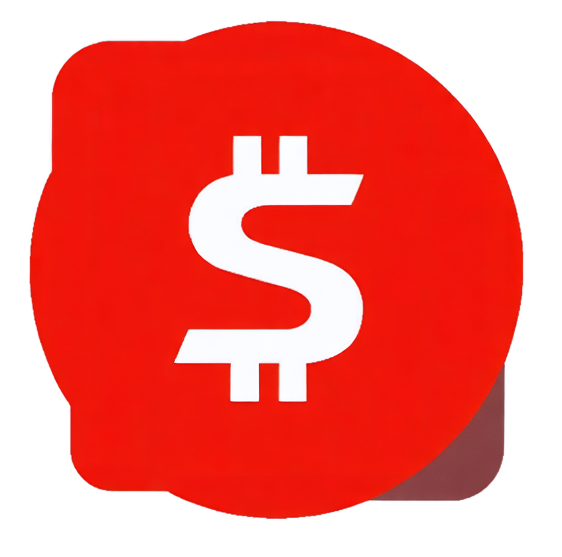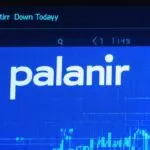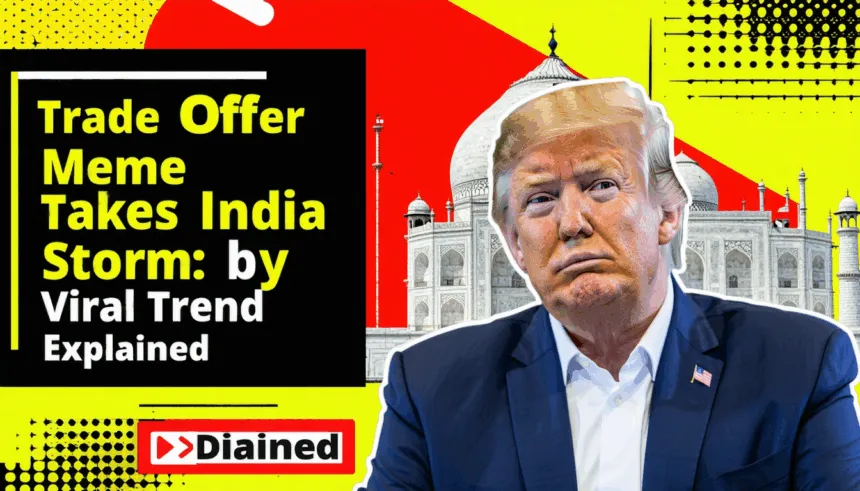In a digital wave sweeping across India, the "trade offer meme" has become a cultural phenomenon, captivating social media users and brands alike. Originating from a simple internet joke format, this meme—where users humorously propose absurd trades—has exploded on platforms like Instagram and Twitter in recent weeks. From Mumbai to Chennai, netizens are engaging with the trend, while marketers tap into its viral potential. But what sparked this frenzy, and why has it resonated so deeply with Indian audiences? This article unpacks the rise of the trade offer meme and its impact.
The Rise of Trade Offer Meme in India
The trade offer meme typically features a split-screen image or text where one party offers something trivial, like "I receive: your attention," and demands something outrageous, such as "You receive: my undying love." In India, this format gained traction in early 2023, fueled by relatable humor and local twists. Memes referencing Bollywood dialogues, cricket rivalries, and even street food have flooded timelines, making it a uniquely desi trend.
According to digital marketing expert Priya Sharma, "The trade offer meme's simplicity allows anyone to adapt it. Its humor bridges generational gaps, resonating with both Gen Z and older users." Data from social media analytics firm TrendTrack shows over 5 million posts tagged with related hashtags in India since January 2023, highlighting its massive reach.
Cultural Impact and Social Media Engagement
Beyond humor, the trade offer meme has become a tool for expression among Indian youth. Students use it to vent about exams, while professionals mock workplace absurdities. On Instagram Reels, creators pair the format with trending audio, amplifying its visibility. Brands like Swiggy and Zomato have jumped in, crafting memes to engage customers with witty trade offers.
This trend’s appeal lies in its versatility. It allows users to comment on politics, relationships, or daily struggles without being overtly serious. However, some critics argue it risks oversaturation, potentially diluting meaningful online discourse.
Marketing Potential and Economic Implications
For businesses, the trade offer meme offers a low-cost, high-impact marketing strategy. Small startups and large corporations alike are leveraging it to connect with younger demographics. A recent survey by Digital Insights India revealed that 68% of Gen Z consumers are more likely to engage with brands using meme-based content.
Marketing strategist Rohan Kapoor noted, "Memes like these create instant relatability. They’re a goldmine for brands if used authentically." Yet, there’s a flip side. Overuse or poorly executed memes can backfire, alienating audiences who value originality.
Economically, this trend boosts influencer earnings and ad revenues on platforms like YouTube and Instagram. Content creators report a 30% spike in engagement when posting meme-related content, translating to higher sponsorship deals. This micro-economy around viral trends underscores the growing influence of digital culture on India’s market dynamics.
Challenges and Controversies Surrounding the Trend
While largely harmless, the trade offer meme isn’t without issues. Some posts have sparked debates for crossing cultural or religious sensitivities, especially when touching on divisive topics. Social media platforms have faced calls to monitor content more closely to prevent misinformation disguised as humor.
On the other hand, defenders argue that memes are a form of free speech and satire. They believe policing content could stifle creativity. Balancing humor with responsibility remains a challenge as this trend evolves in India’s diverse online space.
Future Outlook for Viral Memes in India
Looking ahead, the trade offer meme signals a broader shift in how Indians consume and create content online. Experts predict that such trends will continue shaping digital communication, especially as internet penetration grows in rural areas. With over 600 million active social media users in India as of 2023, per Statista data, the potential for viral phenomena is immense.
There’s also speculation about how artificial intelligence might influence meme creation. Tools that generate custom content could make formats like these even more personalized. However, maintaining authenticity will be key to sustaining user interest.
The implications extend beyond entertainment. Memes are becoming a cultural archive, reflecting societal moods and priorities at a given time. They could serve as tools for education or awareness if harnessed effectively by policymakers or activists.
Conclusion: A Digital Mirror of Indian Humor
The trade offer meme has cemented itself as more than just a passing fad in India. It mirrors the nation’s knack for finding humor in everyday life while showcasing the power of social media to unite diverse voices. From sparking laughter to driving brand engagement, its impact is undeniable.
Yet, as with any viral trend, its longevity depends on innovation and sensitivity to cultural nuances. For now, this meme remains a vibrant part of India’s online landscape, offering a glimpse into the evolving dynamics of digital expression. As new trends emerge, one thing is clear: India’s internet culture will keep redefining global conversations.

Reza Khosravi brings sharp analytical insight to the world of cryptocurrency. With extensive experience in technology reporting, he focuses on translating complex crypto trends into accessible content for his audience, making him a trusted voice in Iran’s evolving digital economy.







